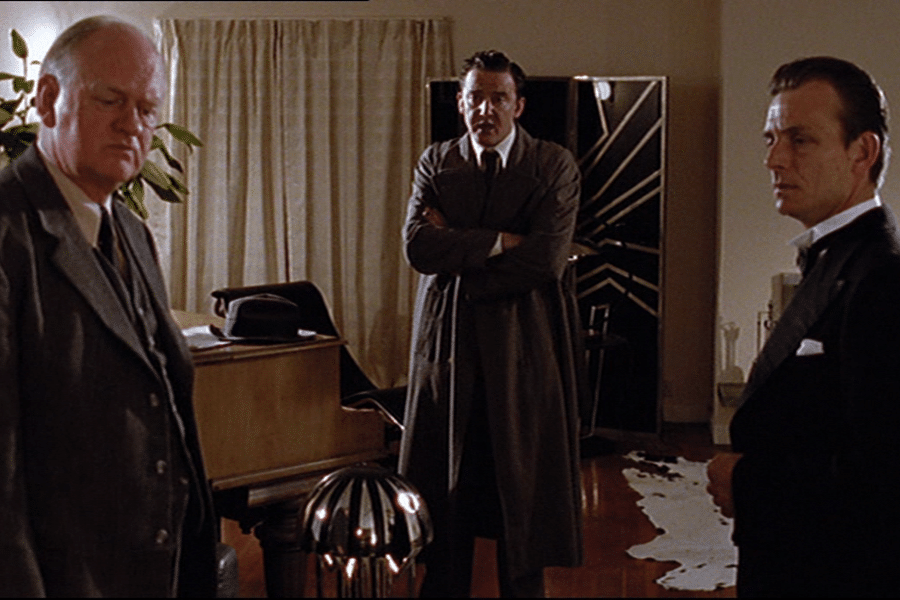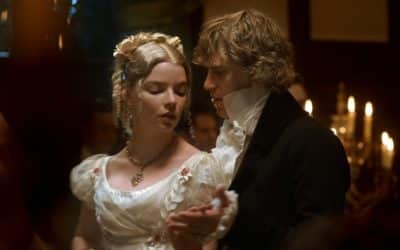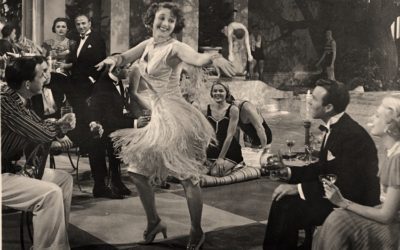
Classic Whodunits
Once upon a time, in the ritzy, glitzy era of the 1920s to the sneaky, peaky late 1930s, there existed a fantastical realm where mysteries danced in the moonlight, twirling their cloaks and donning their detective hats with a flair that would make a peacock jealous.
This, my dear cohorts of the curious, was the Golden Age of Mystery Fiction, a time when whodunits weren’t just stories; they were enigmatic puzzles locked in a battle of wits with the reader, daring them to leap through literary hoops and solve crimes before the last page turned.
Enter stage left: Agatha Christie, the uncontested Duchess of Deception, spinning yarns that tangled the mind in knots. Hercule Poirot, with his ‘stache so magnificent, it could solve crimes on its own, and Miss Marple, the sweet-looking lady with the brain sharper than a tack stuck in your foot. Christie’s classics, such as “The Great Train Robbery of the Living Room” (also known as “Murder on the Orient Express”) and “The Stabbing at Roger’s House Party” (you might know it as “The Murder of Roger Ackroyd”), turned the literary world on its head, serving up surprises like a magician pulling rabbits out of a hat.
But lo! The plot thickens across the great pond, where American maestros of mystery tossed their hats into the ring. S.S. Van Dine, with a name as mysterious as his stories, brought forth Philo Vance, a detective so suave, even his brain wore a tuxedo. Vance waltzed through the mysteries of the high society, solving crimes with a flair that made flappers flutter.
Meanwhile, back in the land of tea and scones, Dorothy L. Sayers unleashed Lord Peter Wimsey into the world, a detective who could outwit a fox and outcharm a prince, all while discussing the finer points of rare book collecting. Wimsey’s capers, from “Whose Body?” to “The Haunting of the Academic Gown,” mixed a cocktail of intrigue and social commentary that went down smoother than a gin rickey.
And let’s not forget the maestro of the locked room mystery, John Dickson Carr, who threw down gauntlets like nobody’s business. Dr. Gideon Fell, Carr’s brainchild, faced off against crimes so confounding, they made escape rooms look like kindergarten puzzles. These stories were the literary equivalent of trying to untie the Gordian Knot with your teeth.
This was also the era when detectives started playing nice, forming the Detection Club, a league so exclusive, even Batman couldn’t get in without an invite. They pledged to fight the good fight, ensuring that readers everywhere had a sporting chance at guessing “whodunit” without resorting to psychic powers.
So here we stand, tipping our hats to the Golden Age of Mystery Fiction, where the plots were thicker than a bowl of oatmeal and the detectives sharper than the crease in a well-ironed pair of trousers. These tales of intrigue and dastardly deeds have left a legacy as indelible as ink on paper, proving that a good mystery is like a cat with nine lives – it just keeps coming back, time after time.
More Classic Mystery Features
Classic Mystery Novels
Three classic novels you might not think of as mysteries
Golden-Age Crime Fiction
How true crime led to a golden era of crime fiction.


